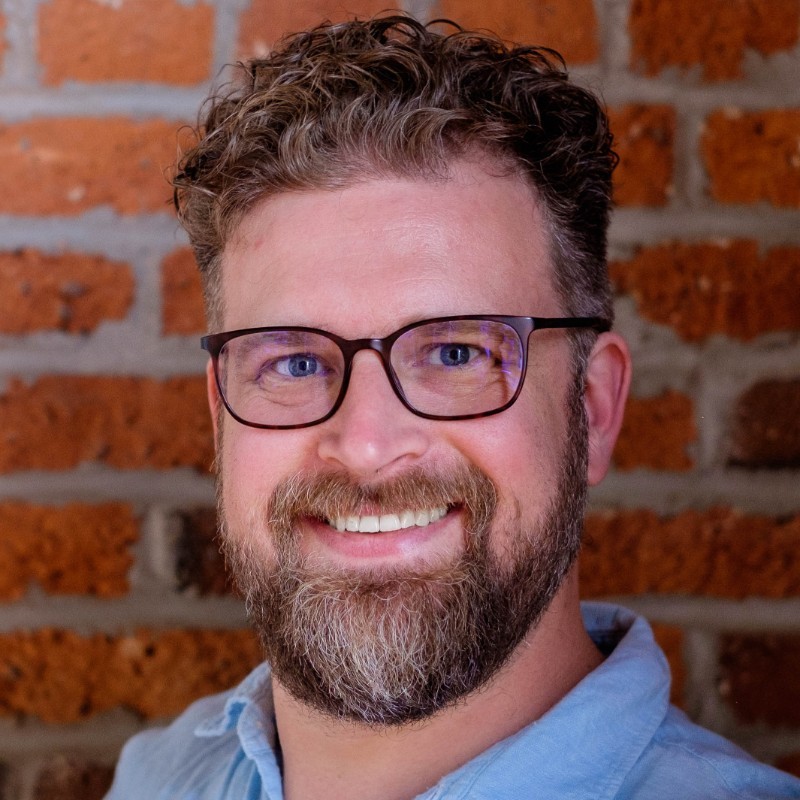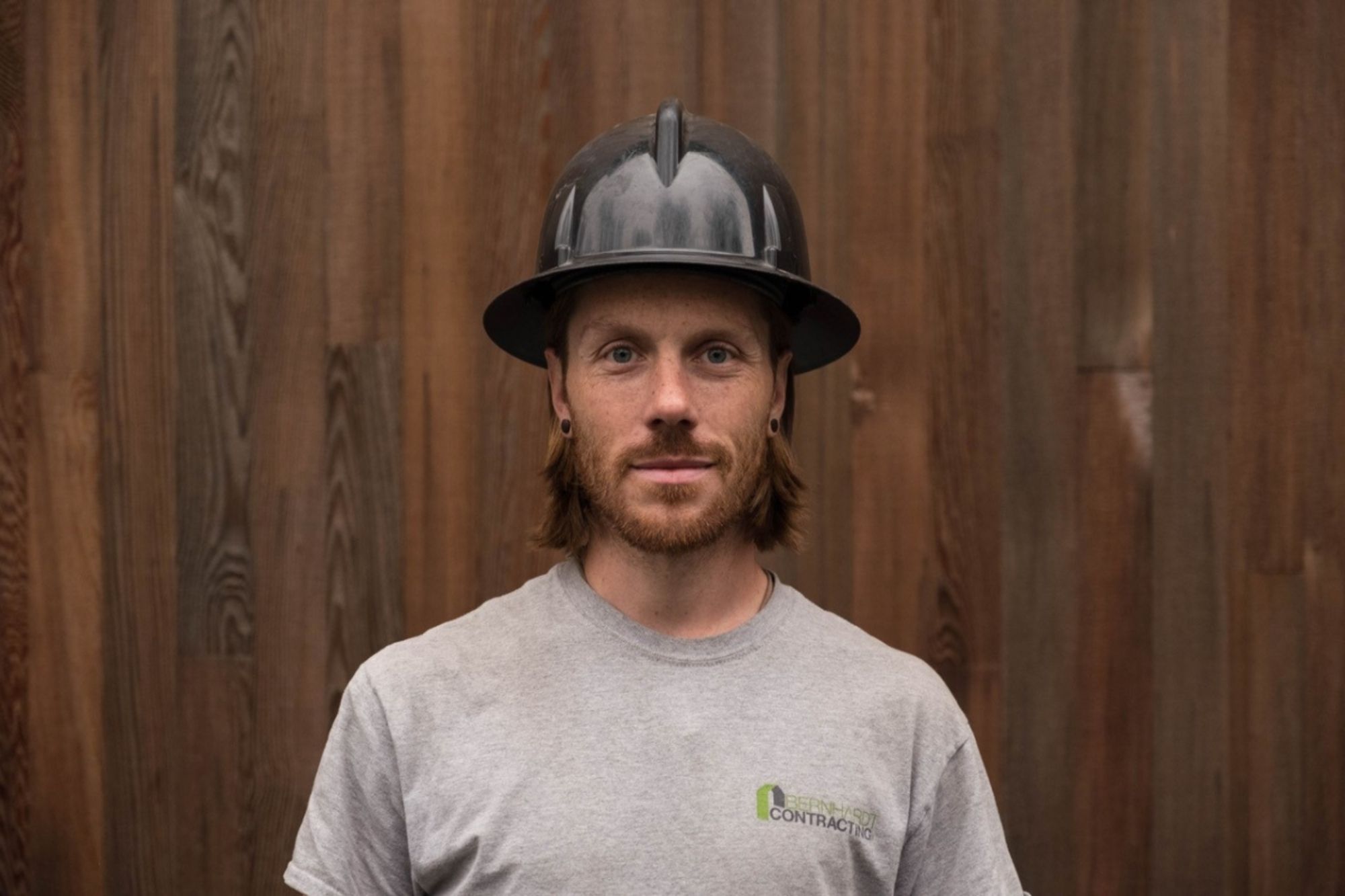The Vancouver Island South Network hosted a presentation by Graeme Verhulst, Founder of Passive House Accelerator and Dallas Hordichuk, Chief Operating Officer of Energy Code Solutions.
TOPIC: Is the Greenest House the One Already Built? Real Life Case Studies
Now available on-demand
 |
Graeme is a founding principal of Waymark Architecture and a keen advocate for advanced building science. He is one of the first architects in BC trained to design to the stringent International Passive House Standard, the world’s leading approach to energy in buildings. Graeme is also past chair of the Vancouver Island Chapter of the AIBC and sits on the Township of Esquimalt's Design Review Committee. Graeme spends his time with his young family and his garden. |
 |
Dallas is the Chief Operating Officer of Energy Code Solutions, a Certified Energy Advisor and a Project Manager at Interactive Construction. He is a long-time advocate for data-driven research in building science and has been active in the building industry for over a decade. Dallas was the lead carpenter and project manager for The Green Point Project, the first Passive House Plus, Living Building Challenge and Green Shores for Homes certified building in the world. |
Description:
The oft-heard phrase, “the greenest home is the one already built,” emphasizes the importance of embodied over operational carbon. To adequately combat climate change, we must consider both operational carbon emissions together with embodied carbon in buildings. Two of our recent projects offered a unique opportunity to analyze the data. The question Waymark Architecture and Energy Code Solutions focused on is whether, using overall embodied carbon (embodied plus operational) as a measurement, we should keep the existing homes as they are, renovate them, or deconstruct them and replace them with high-performance homes, enabling us to make data-driven decisions for a low-carbon future.
Learning Objectives:
- Identify the impact of both embodied and operational carbon emissions
- Describe the methodology that we used in our study
- Understand the key takeaways of our study as well as the limitations of our study
- Extrapolate from these case studies to provide data-driven advice for policy development or owner's decision making.
Length: 1.5 hrs




